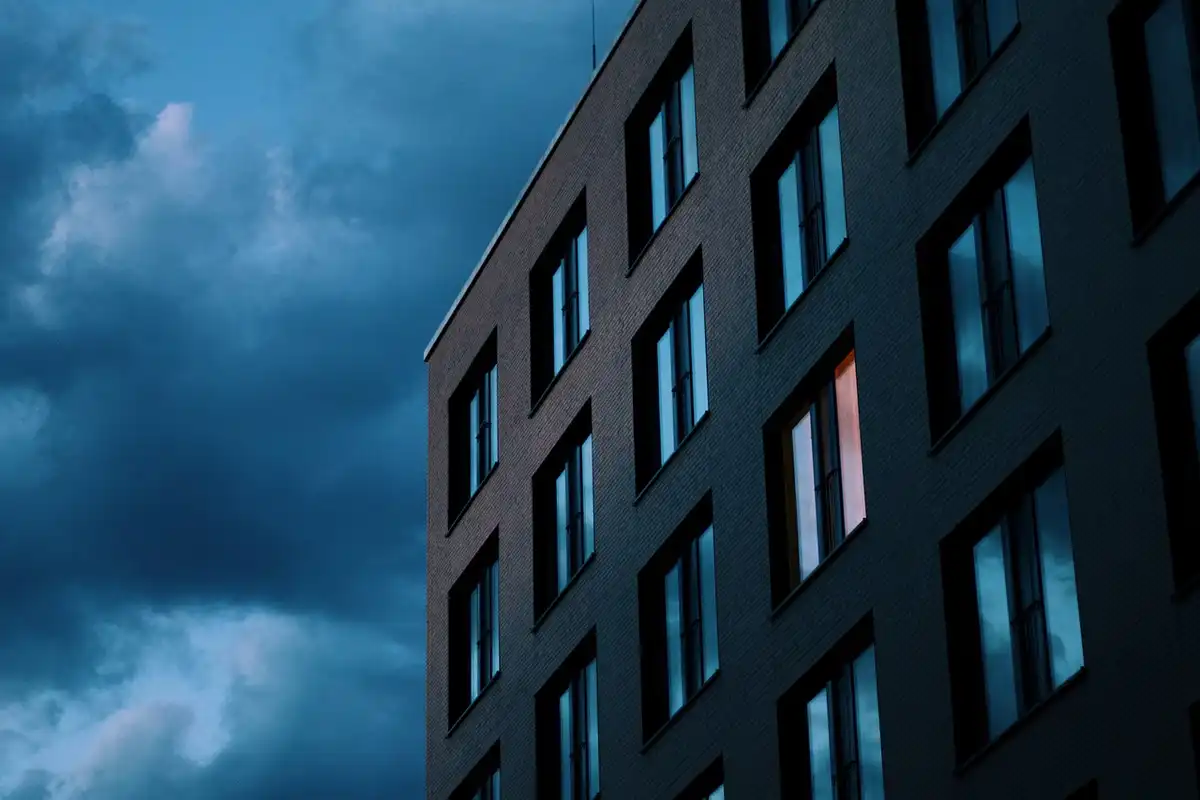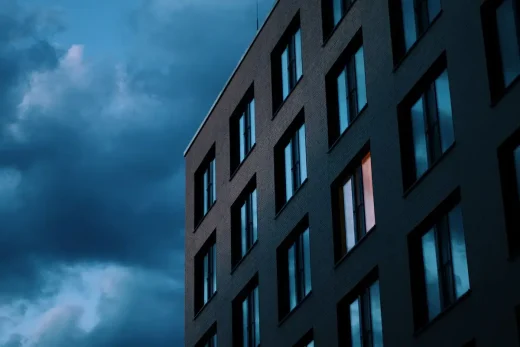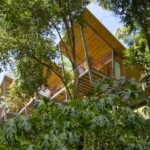How do we make sustainability a priority with rental properties?, Simple design, Functional living style
Make Sustainability a Priority With Rental Properties
6 February 2025
Sustainability in rental properties is often an afterthought, lost somewhere between short-term leasing goals and cost-efficiency concerns. Yet, as rental culture continues to expand – particularly in urban centers where homeownership is becoming less accessible – the need for sustainable design in rental architecture becomes more critical. The way we build, renovate, and maintain rental properties shapes the long-term environmental impact of cities and the world.
For architects, designers, and even property managers, sustainability can’t be an optional feature any longer. It has to be embedded in the bones of rental properties, integrated into every aspect of their design, construction, and long-term maintenance. The challenge lies in aligning sustainability with the financial and practical realities of rental ownership – where turnover is frequent and long-term incentives can easily feel misaligned with short-term operational needs.
Rethinking Materials and Durability in Rental Design
One of the most immediate ways to introduce sustainability into rental properties is through material selection. The transient nature of rental spaces usually leads to disposable design choices – cheap materials that degrade quickly, finishes that require frequent replacement, and renovations that generate excessive waste.
But instead of choosing short-term affordability, architects can prioritize durability and environmental impact, selecting materials that can withstand high tenant turnover while minimizing waste over time.
For example, reclaimed wood and recycled metal offer aesthetic longevity while reducing the carbon footprint of construction. Bamboo flooring, which is both sustainable and highly durable, outperforms traditional hardwoods in high-traffic rental environments. Low-VOC paints and natural finishes improve indoor air quality, benefiting both tenants and the environment.
Energy Efficiency as a Standard, Not a Luxury
While energy efficiency is often framed as a premium feature, it should be a standard component of rental property design. The financial burden of utilities falls primarily on tenants, who may not have control over their unit’s energy efficiency, leaving them with high costs and limited options. Integrating passive design principles and high-efficiency systems from the outset allows architects and developers to create rental properties that naturally consume less energy. That’s a big win!
Orientation and window placement, for example, play a significant role in heating and cooling efficiency. Maximizing natural light reduces the need for artificial lighting, while proper shading and ventilation strategies minimize cooling loads in warmer climates. High-performance insulation, energy-efficient windows, and cool roofing materials further contribute to reducing a building’s overall energy demand.
Water Conservation in Rental Architecture
Water efficiency is another overlooked element of sustainable rental design. But it’s extremely important. High-efficiency plumbing fixtures like low-flow toilets, provide a simple and effective way to reduce consumption without doing anything to lower the comfort level of tenants.
Beyond fixtures, architects can incorporate water conservation into a property’s infrastructure from the get-go. Permeable paving materials and green roofs reduce stormwater runoff, decreasing strain on municipal water systems while preventing urban flooding. In multi-unit properties, rainwater harvesting systems can be installed to provide non-potable water for irrigation, cooling, or even toilet flushing, further reducing dependence on municipal water supplies. (However, there are strict regulations on this in the U.S. at the moment.)
Property Management’s Role in Sustainable Rentals
Sustainable architecture is only part of the equation. Without the right management strategies in place, even the most thoughtfully designed rental properties can fall short of their environmental potential. Property management plays a key role in ensuring that sustainability efforts extend beyond construction and into long-term operation.
A well-managed rental property prioritizes regular maintenance over reactive repairs, ensuring that energy-efficient systems continue to function optimally. For instance, HVAC filters need to be changed regularly to maintain efficiency, and leaks must be addressed promptly to prevent water waste. Educating tenants about sustainable living – whether through onboarding materials, in-unit signage, or incentives for conservation efforts – can enhance the effectiveness of a green rental property.
For rental property owners hesitant to take on the full scope of sustainability efforts themselves, working with a property management company that specializes in eco-friendly building operation can be a game-changer. They can make sure that sustainability measures are not just theoretical ideals but practical realities for you.
Sustainability as a Competitive Advantage
There’s a common misconception that sustainability in rental properties is a costly luxury rather than a viable business strategy. In reality, sustainable design is an asset – both in terms of tenant attraction and long-term profitability.
Today’s renters are more conscious than ever about their environmental impact. A property that boasts lower utility costs, better air quality, and a smaller carbon footprint is naturally more attractive than one that doesn’t. Sustainable rental properties stand out in competitive markets, appealing to tenants who prioritize energy efficiency, health-conscious materials, and lower living costs.
A Sustainable Future for Rental Architecture
As rental culture continues to shape the future of housing, architects and property managers must rethink what sustainability means in the context of temporary living spaces. A rental property, no matter how short a tenant’s stay, should contribute positively to the environment rather than adding to its challenges.
The key is integrating sustainable design principles with smart processes that benefit everyone.
Comments on this guide to How Do We Make Sustainability a Priority With Rental Properties? article are welcome.
Construction and Project Management
Construction and Project Management Posts
Rise of AI in Construction Project Management
Construction business management software
Develop an Effective Project Management Plan
Property Articles
Comments / photos for the How Do We Make Sustainability a Priority With Rental Properties? advice page welcome.






